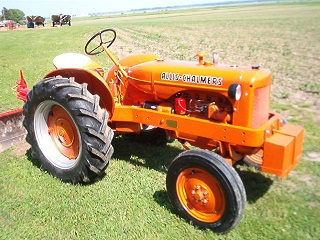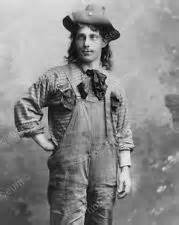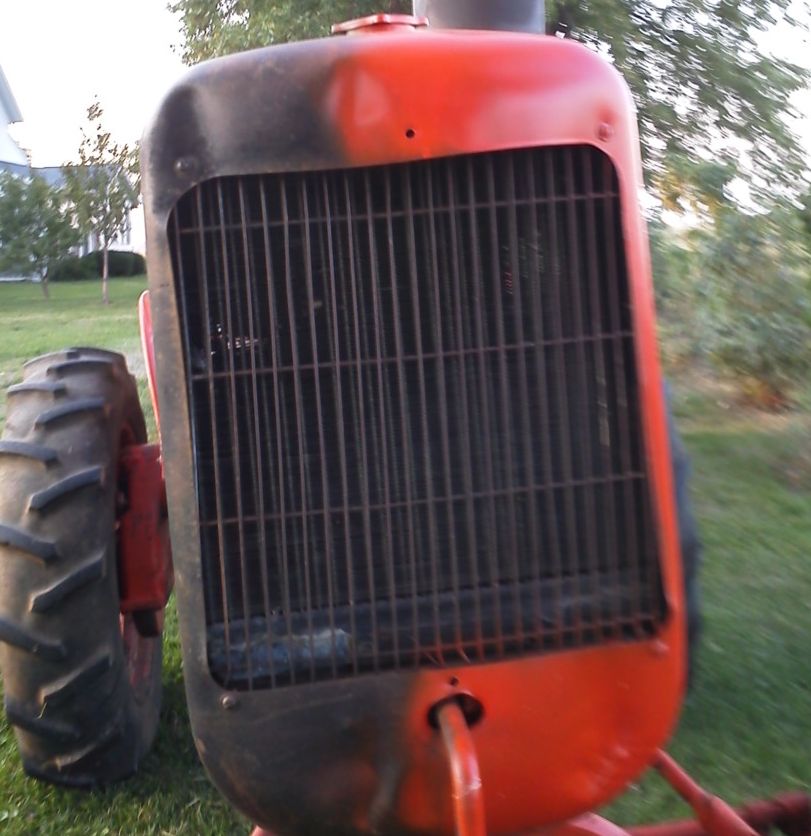 steve(ill) wrote: steve(ill) wrote:
car has to maintain a given Air/ Fuel ratio... when the air is COLD it is DENSE so "more air" goes thru the manifold..... Computer changes the "fuel injection" UP ,so you have the same Air / Fuel Ratio... hopefully there is no RAW FUEL going out the pipe.... EPA would not like that !! 
|
The density of the air from cold to hot is mathematically insignificant... particularly when you bring into account that the air PRESSURE from the very inlet point, to the THROTTLE is entirely different from the air pressure on the back side of the throttle. The throttled end is significantly LOWER (remember, you're pullin' 20" of vaccum, that means your air density is very very low.
This pressure change that occurs in the divergent zone of the venturi... or downstream of the throttle plate, causes a significant drop in temperature... and that's why you see frost on a carbeurator and intake manifold when it's 60 degrees outside.
The fuel metering under cold temperature is not because enrichenment is required for density, it is simply because enrichenment is required to compensate for all that fuel that does NOT vaporize.
YES, a considerable amount of fuel goes out the tailpipe. The catalytic converter's function is to burn that off (along with air injected from another source), but it can't do it until the exhaust gas temperatures climb high enough to heat the catalyst (heavy metal) in the converter.
There's many reasons why cars get better fuel economy when they're warm. Let's start the list with:
Because the intake plenum is warm enough to help that fuel atomize (ever wonder why your Allis manifold casting has the intake and exhaust sides mated together just above the carb? So exhaust heat can help combat carb ice... and atomize that fuel!
Because the transmission, final drive, and hubs are full of oil which is THICK when cold...
The moving parts were built to tolerances, and then broken in, to operate under 'running operating conditions'... and when they're NOT at 'operating temperature', the parts don't fit as well...
Because V-belts and serpentine belts don't like to flex when they're frozen...
Because people like to run the heater blower motor on full blast when it's cold... and that blower motor requires current which the alternator is very willing to generate, as long as the V or Serpentine Belt is willing...
Tires prefer to be square in one spot when they're stationary and cold... and square tires don't roll as well...
When it's cold, people tend to turn on heated seats, heated mirrors, and the rear defogger, which is a resistive heating grid... and it loves electricity, which the alternator will happily provide, as long as the V or Serp belt will spin it...
When it's cold, people tend to turn on the defroster, which is a combination of heat (from the engine and heater core) and the humidity reduction system (which activates the air conditioning compressor... which happily compresses refrigerant as long as the V or Serp Belt is willing)
For engines having a fan clutch... cold fan clutches will oftentime be very 'draggy' when cold... so the fan spins when it doesn't need to, as long as the V or Serp Belts will comply...
During the cold season (particularly at lattitudes north of I-40) there's frequently not much daylight, particularly when people need to commute to and from work, which means the headlights are on... which the alternator will happily provide, as long as the V or serp belt remains in service...
Where folks are just far enough south to not be fettered with this white stuff (and it's solid brethren), there is liquid snow, which requires removal using windshield wipers, which require electricity that the alternator is happy to provide... just so long as there's a V or serp belt willing to work...
In most cars, When the AC compressor is running, an electric fan will also be running... even if it's snowing... and the alternator will be generous in accomodating that... as long as...
And batteries in cold weather need a healthy charge in order to CRANK... which, once started, is being replaced by the alternator... which... you've heard this story before.
Now, if you want LOTS of wheel horsepower, try this- Disconnect that serp or V-belt, and give the throttle a mash... feel all that power!
On many modern cars, the alternator FIELD is controlled by the engine management computer. When you give it a full stomp, the computer SHEDS lots of the serp belt load by cutting off the alternator field... so for a short period of time, it's actually SHUTTING DOWN a significant amoubnt of the alternator's belt load. They also drop out the AC clutch. On some Porsches, they play a pre-recorded engine sound into the stereo (because... like an EDELBROCK or HOLLEY sticker, automatically adds 32hp)...
Really... internal combustion engines are NOT particularly efficient, and unburned fuel is a fair chunk of that.
The REST... is simple thermodynamics. You can figure that for every GALLON of gasoline going into an engine (at 115,000btu per gallon), that 18% of that thermal energy is turned into mechanical force.
The rest (82%) is turned into:
A) Waste Heat
B) Noise and vibration
or
C) unburned fuel.
And this is why, when we set up electric generators, we assume that for every kilowatt of energy generated, there's FOUR kilowatts of lost energy. For future reference, one KWh of electric power equates to 3412 BTU.
And if you have a liquid-cooled generator, the #1 way to GET THAT ENERGY VALUE BACK, is to pipe the coolant through heat exchangers and use it for some useful purpose, like heating your house.
Not much you can do about the noise, but if you enclose the generator in a sound-absorptive housing, the enclosure will entrap that noise, and convert it into HEAT.









 Topic Options
Topic Options

 Post Options
Post Options Thanks(0)
Thanks(0)




 DaveKamp wrote:
DaveKamp wrote:


